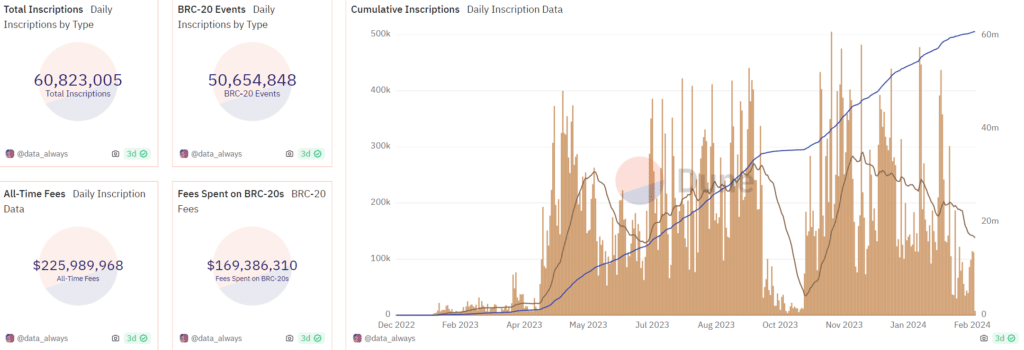Avalanche experienced primary network downtime of at least four hours on February 23 as developers worked to implement fixes.
Block finalization crashed on Avalanche’s C-chain due to a bug with new inscriptions launched on the layer-1 network, Ava Labs co-founder Kevin Sekniqi explained on X. Transactions on the blockchain were stopped because new blocks could not be added.
https://twitter.com/kevinsekniqi/status/1761003218836873728?s=20
Avalanche works using a three-chain infrastructure, split into C-chain, X-chain and P-chain. C-chain is where makers deploy smart contracts, making it the base layer of defi activity.
The X-chain is dedicated to transferring assets and facilitating cryptocurrency exchanges, while the P-chain is the validator platform that focuses on securing Avalanche by deploying AVAX, the network’s native token.
Sekniqi noted that the sheer size of the code shipped on Avalanche likely allowed the inscription bug to percolate unnoticed until it hit the mainnet. Avascan data showed that the issue had not been resolved at the time of writing, although developers were reportedly addressing the issue.
Clearly this is an esoteric edge case bug that needs to be dealt with quickly. Probably an issue with the handling of mempool with inscriptions encountering some untested edge cases.
Kevin Sekniqi, co-founder of Ava Labs
Amid the stalled chain, AVAX fell more than 3% to trade around $36 per CoinMarketCap, but the price drop may not be related to the C-chain downtime. Other major-cap altcoins also traded flat on the day, while crypto’s overall market capitalization saw a slight decline after surging to $2.1 trillion in recent days.
Inscriptions slowing down blockchains have appeared occasionally since the development surfaced on the Bitcoin network last year. Initially, developers used this method to embed data on the smallest Bitcoin unit, a Satoshi or SAT, a nod to Bitcoin’s pseudonymous creator, Satoshi Nakamoto. Since then, inscriptions have spread to altcoin networks such as Avalanche, Arbitrum, Solana and zkSync.
Some core Bitcoin developers are pushing back against the idea, labeling it a bug and a threat to crypto’s largest blockchain, worth more than $1 trillion. Nevertheless, participants have spent more than $225 million in fees for deploying more than 60 million inscriptions on the chain, per year. Dune Analytics dashboard.


